The presence of various forms of hyperpigmentation is a common concern for patients of all skin types. Any treatment strategy must begin with an accurate diagnosis of the underlying cause of hyperpigmentation. I’ll go over some of the most common causes of hyperpigmentation in my practice, as well as how I tailor treatment plans to different skin types.
Common Causes of Hyperpigmentation
Cosmetic procedures performed elsewhere such as overly aggressive laser treatments, or laser treatments applied to unsuitable skin types are common causes of hyperpigmentation I treat in my practice. Often, the practitioner could have avoided these situations if certain guiding principles had been followed. For example, I restrict the use of certain lasers and other devices on patients whose skin type is predisposed to hyperpigmentation.
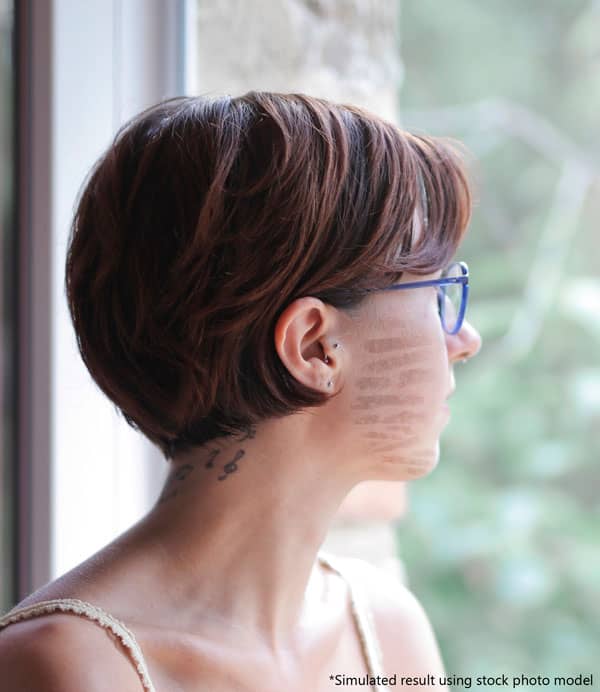
I frequently see patients who were assured by their aesthetician, or other type of practitioner that the laser they were having was safe for all skin types. Unfortunately, their skin reacted in an unexpected way, which their practitioner was not expecting. This type of scenario is becoming more common with growing the number of unsupervised aesthetic procedures performed by non-physicians.
In terms of terminology, hyperpigmentation refers to skin darkening, whereas hypopigmentation refers to pigment loss in the skin. Hyperpigmentation is caused by an increase in the skin pigment melanin.
Melanin
Solar Lentigos or Dyschromias
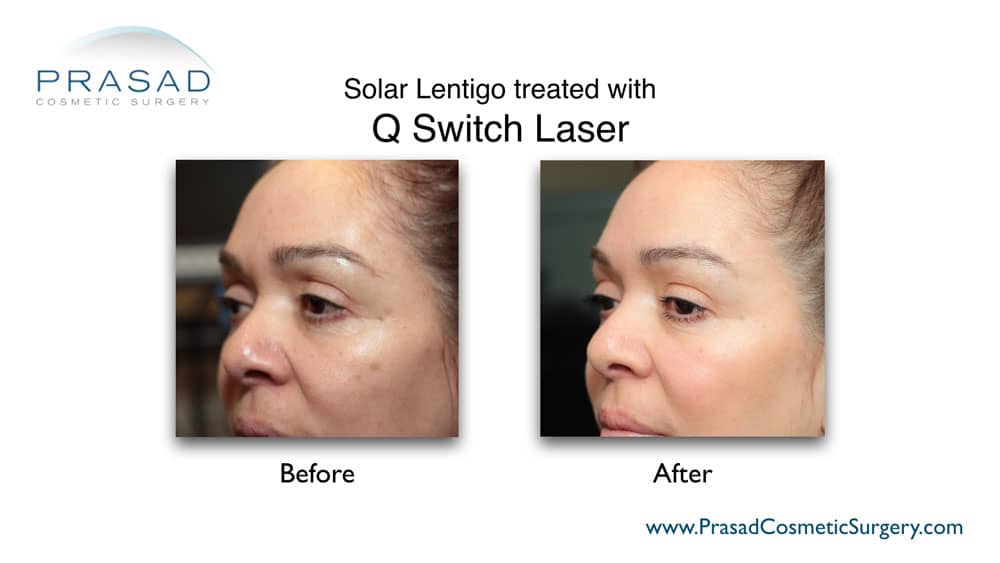

Post-Inflammatory Hyperpigmentation

Post-inflammatory hyperpigmentation has increased as a result of cosmetic treatments such as laser, radiofrequency, microneedling, and chemical peels. Although PIH can occur after aesthetic procedures performed in a medical setting, many people experience hyperpigmentation as a result of their own at-home aesthetic treatments. Instruments such as dermarollers, and medical-grade chemicals for chemical peeling, for example, are readily available over-the-counter for at-home use.
It is not uncommon to see the effects of overly aggressive dermaroller application, or skin infection caused by suboptimal sterility practices at home. Post-inflammatory hyperpigmentation can occur if your skin is overly traumatized or infected with a dermaroller, necessitating additional treatment.
Hyperpigmentation Treatment for Dark Skin
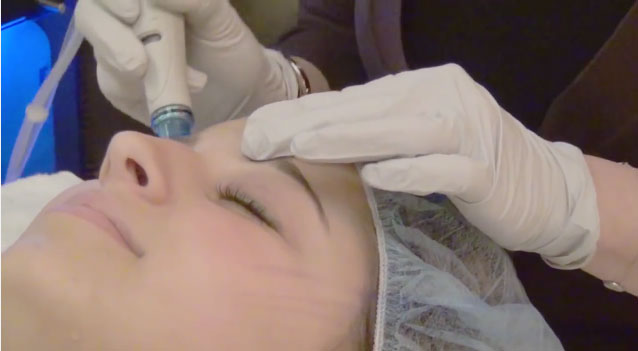
Hyperpigmentation Treatment for Under Eyes
The under eye area, also known as dark under eye circles, is a common source of concern with hyperpigmentation. My approach in this area, where the eyelid skin is very thin at approximately 1/2 millimeter in thickness, is to optimize skin quality with minimal trauma. I’ve been using platelet-rich plasma (PRP) for over 15 years to help people of all ages and skin types improve the area under their eyes.
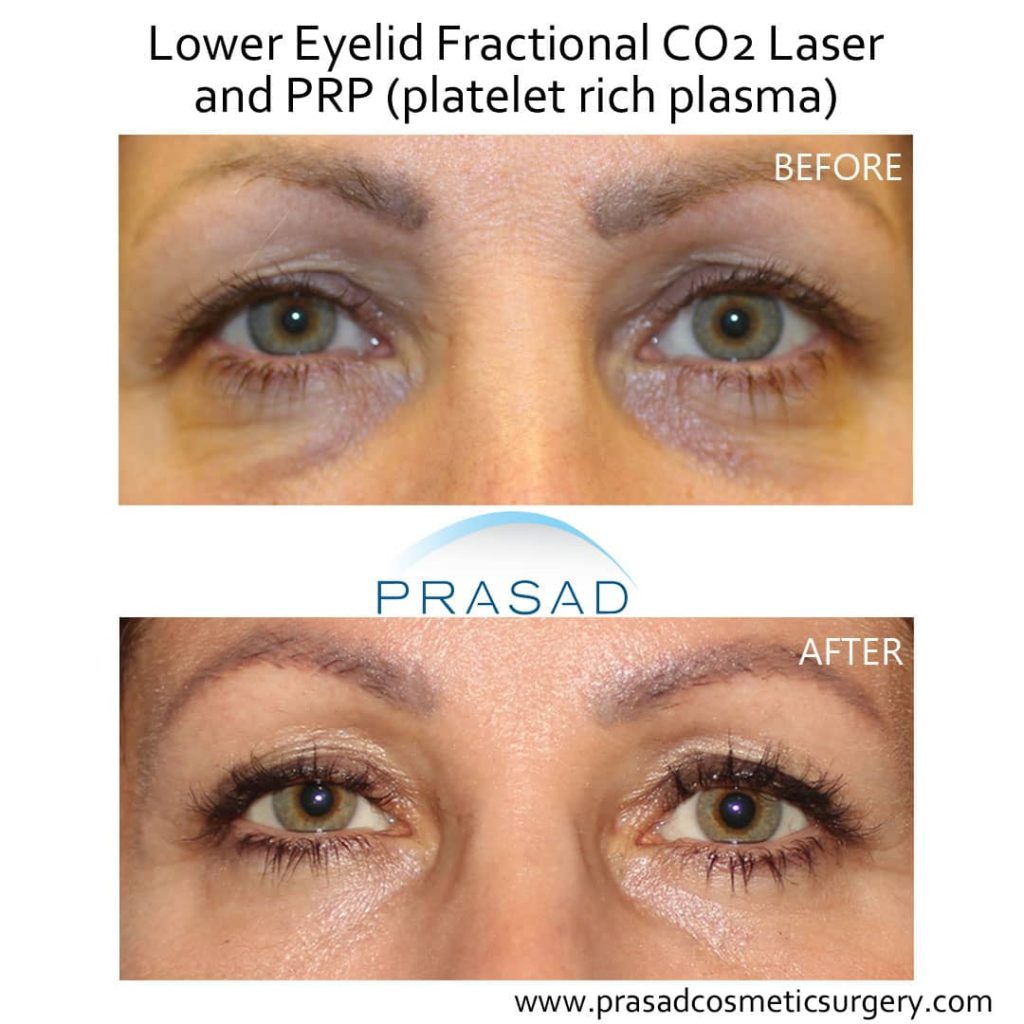

PRP is made up of wound healing and growth factors found in blood, which are responsible for healing after an injury such as a cut. When these wound healing and growth factors are concentrated and applied to a specific area, blood supply and collagen production increase, resulting in better skin quality and the appearance of lighter dark circles.
Depending on the patient’s skin type, I also perform laser treatments such as a long-pulsed erbium laser, also known as a “smooth eye” treatment. In my practice, the smooth eye long pulsed erbium laser is very popular because it has no downtime when compared to fractional or ablative Erbium and CO2 laser treatment.
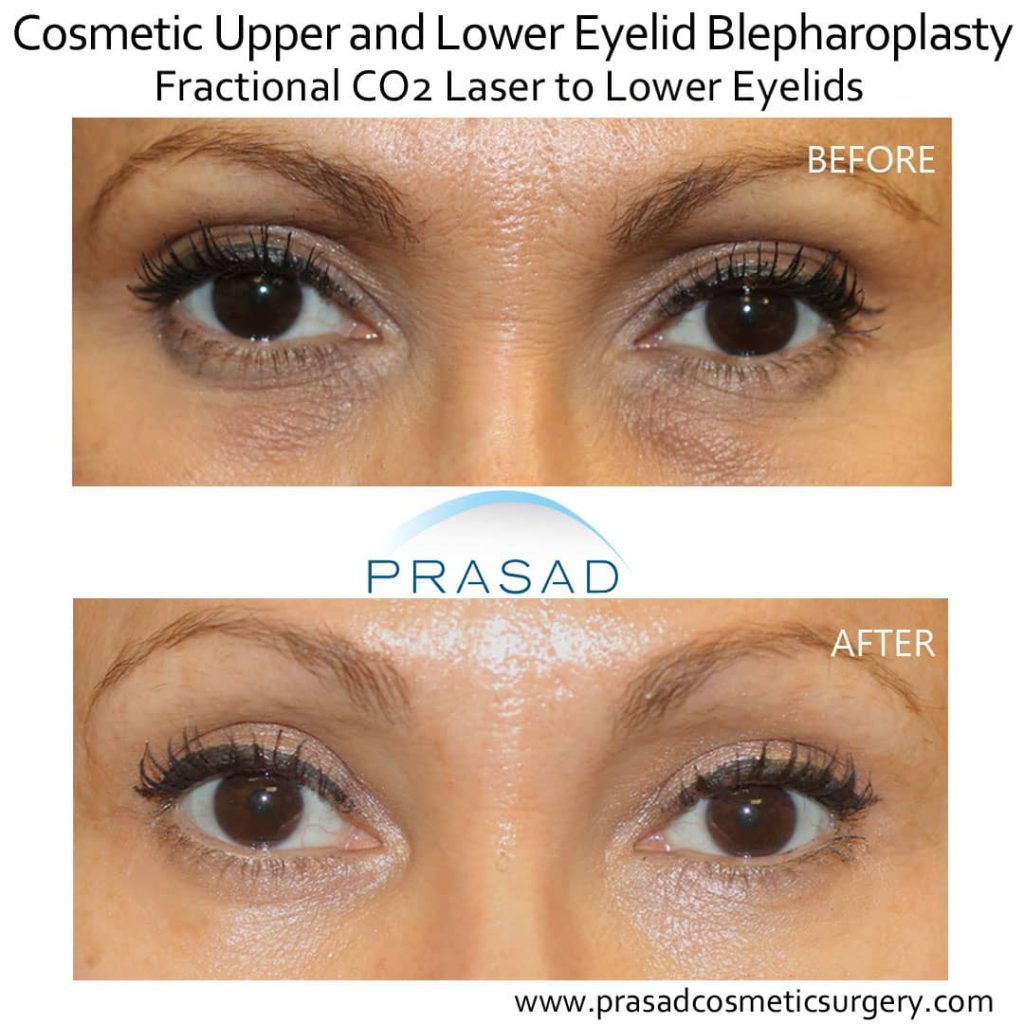
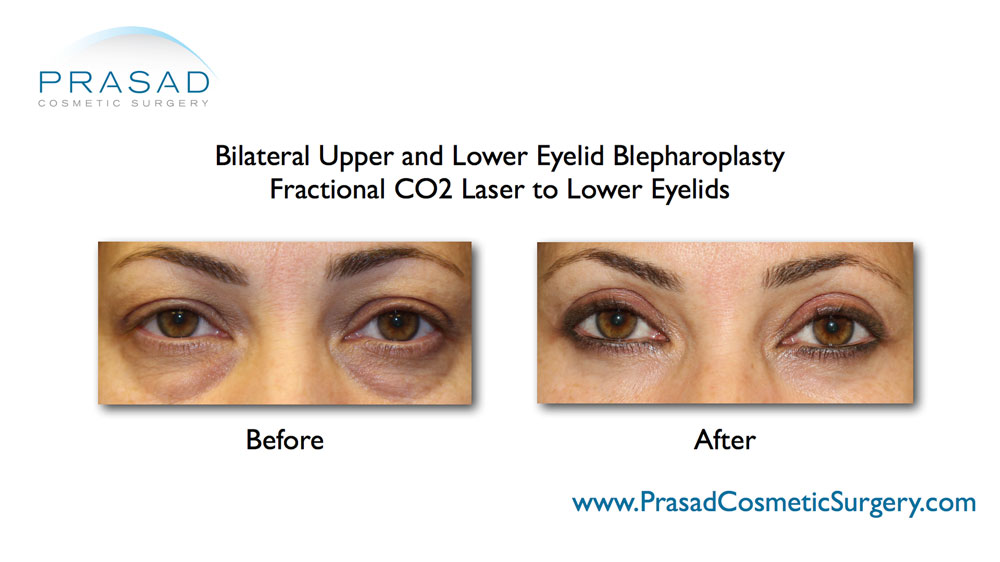
When there is significant wrinkling in addition to hyperpigmentation, I frequently use fractional erbium and CO2 laser. Using the same principles that I use to improve eyelid skin, I also use PRP in other areas of the face and neck to help patients with hyperpigmentation improve the quality of their skin. Since hyperpigmentation is frequently associated with inflammation or injury, it stands to reason that improving collagen and blood supply to the skin can aid in the resolution of hyperpigmentation.
The preparation of PRP begins with a simple blood draw, similar to that of a routine lab test. I tailor different strategies to each patient’s unique situation in order to deliver PRP. For example, I inject PRP just beneath the delicate skin beneath the eyes.
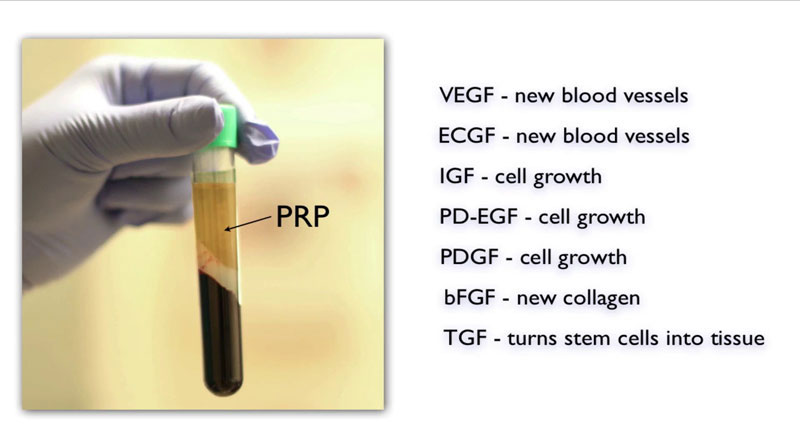
Best Treatment for Pigmentation on Face
It’s understandable that people who suffer from hyperpigmentation wish they could simply take an eraser and erase the hyperpigmentation in one sitting. Although I can use more aggressive modalities for certain skin types, such as a fully ablative Erbium or CO2 laser, I have found that being strategic and minimizing risk and downtime is better for many people in the long run.
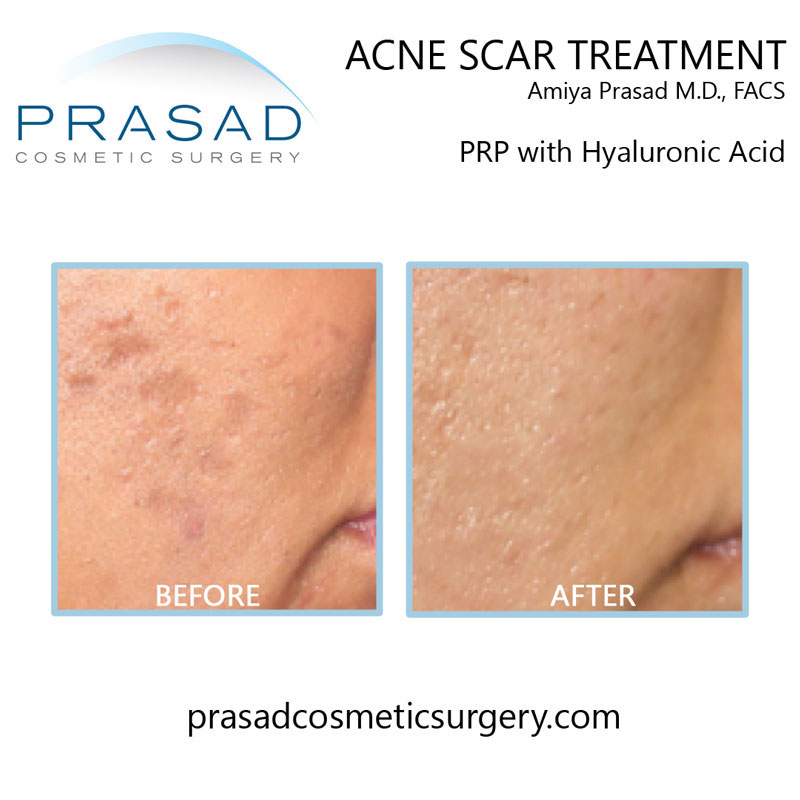
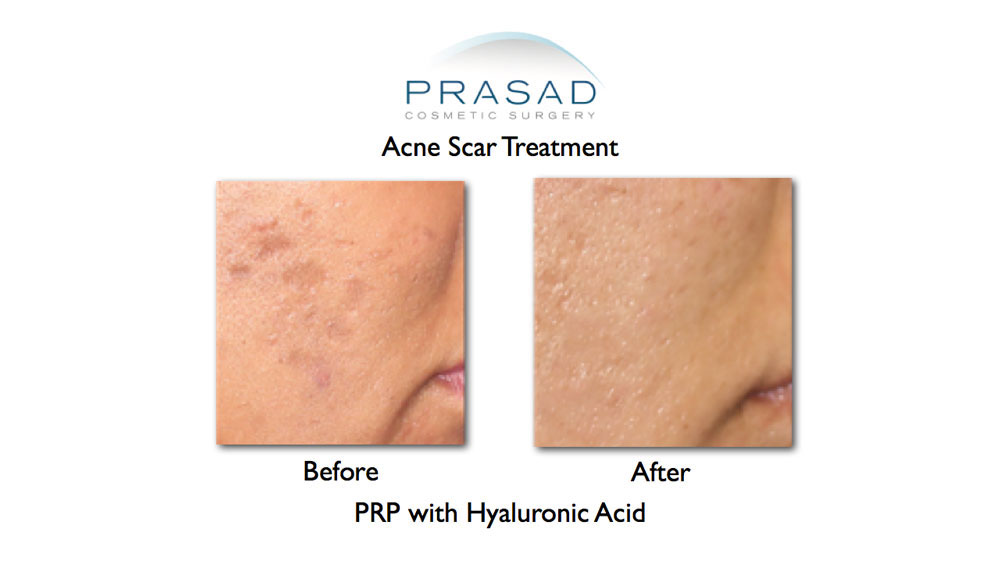
Being patient is especially important for people with darker skin to avoid making a bad situation worse. The key to long-term satisfaction for my patients who I treat for hyperpigmentation is a proper diagnosis and a detailed treatment plan that includes observing the outcomes as treatment progresses and making adjustments accordingly.
Hyperpigmentation Treatment for Face - NYC and Long Island, New York
Dr Amiya Prasad is a Board-certified cosmetic surgeon, and a Fellowship-trained oculofacial plastic and reconstructive surgeon. He’s been in practice in Manhattan, New York City and Garden City, Long Island for over 25 years. To schedule an appointment, fill out the form below, or you may call any of our offices at (212) 265-8877 Manhattan, New York City or Garden City, Long Island at (516) 742-4636; or Vienna, Virginia at (703) 356-1336.
